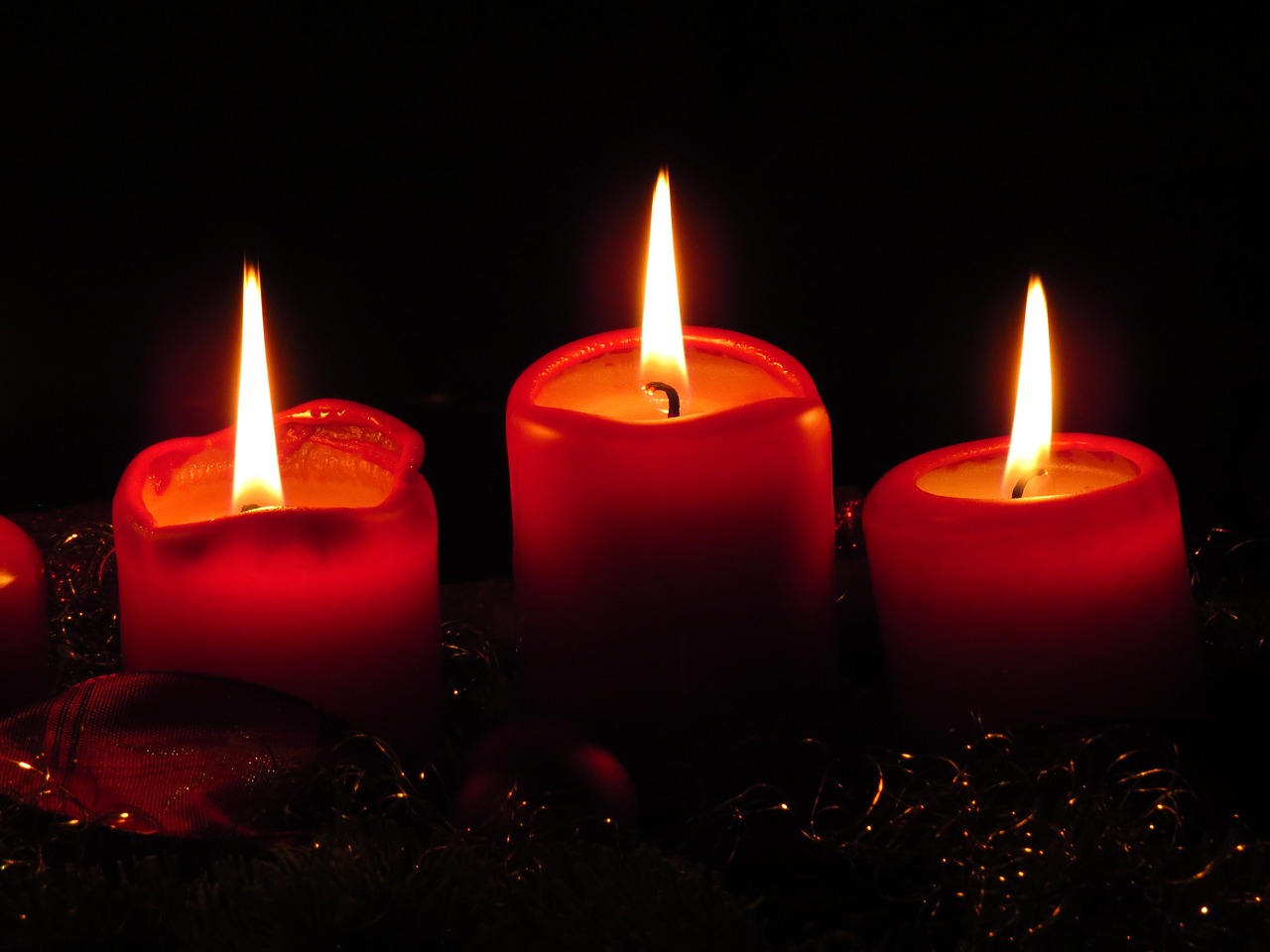You can make candles in an almost endless array of shapes, sizes, and colors. Choosing the right type and number of wicks will help those unusually shaped candles burn correctly. There are many choices for wicks when shopping for wholesale candle supplies. The material the wick is made from is as important as the number of wicks that you use.
How Does a Wick Work?
Candles are the oldest source of indoor light and have been used for centuries. They’ve been made from various materials including melted animal fat, plant waxes, fruit, and even oily fish. One thing all candles have in common is the inclusion of some type of wick.
Candle wicks work by a process known as capillary action. Capillary action describes the gravity-defying upward flow of a liquid into a narrow tube. In candle use, it is the flow of liquid fuel (melting wax) towards a flame where it is burned. The wick holds the flame close enough to the wax to cause steady melting, yet far enough away to avoid creating a fast-burning mess.
If the wax were lit instead of the wick, it would melt too quickly to be a useful light. The wick provides an outlet for the fire to disperse. Most wicks today are made from twisted or braided cotton, but wooden wicks are a nice addition to modern candle-making. There is an aesthetic component to wick selection, but function should always be the number-one consideration.
Which Wick Is Best to Use?
Adding a wick to a candle is a simple task, but choosing the right kind and the right number of wicks is not always as easy. The size and shape of the candle, the type and amount of fragrance, and the amount of colorant all affect how well a candle will burn. For even burning, a correctly sized wick is just as important as the number of wicks. As a general guide for wick selection:
- Choose RRD cotton wicks for paraffin and soy wax
- Select HTP cotton wicks for soy candles
- LX wicks have a flat braid and are recommended for paraffin, soy, and vegetable waxes
- ECO wicks have a paper filament and are recommended for soy candles
- Square braid wicks are best for beeswax candles
- Wooden wicks come in several sizes and are best in soy, paraffin, and vegetable waxes
Each type of wick can be used in a single- or multi-wick candle.
How Many Wicks Do You Need?
Selecting the right type and number of wicks will help provide a safe burn, proportionate melting, and a consistent flame that prevents tunneling or smoking.
Follow basic guidelines to create candles that are both beautiful and functional. Many candle-makers develop their own wax blends or mix fragrances for a signature scent. If you decide to experiment, be sure to do thorough testing to make sure your candles burn safely and efficiently.
Single-Wick Candles
Wicks are a relatively minor expense in candlemaking. They can usually be purchased in bulk orders from candle supply stores. A single-wick candle can be a great option. Tapers, votives, and smaller candles around 3.5 inches in diameter burn best with a single wick. Single-wick candles do not burn off the wax as quickly as a multi-wick candle.
Multi-Wick Candles
A general guide is to use two or three wicks for candles that are approximately four inches or more in diameter. Wicks should be placed about one inch from one another. They should not be closer than one-half inch from the side of the container. If placed too close to the sides they can heat the container and introduce the potential for burns.
Position multiple wicks evenly in the candle. If using two wicks, divide the container into halves and place one wick in the center of each half. Multi-wick candles provide a stronger light and smell than a single-wick candle.
Shopping for Wholesale Candle Supplies
When shopping for wholesale candle supplies, you’ll find an array of items to inspire your creativity. Colorants, scents, packaging, unique add-ins like flame-safe glitter, and the right wicks will help you create a unique candle that suits your needs. Whichever combination of supplies you select, be sure to follow all manufacturer’s directions for the best results. Start your candle-making process today.





Be First to Comment